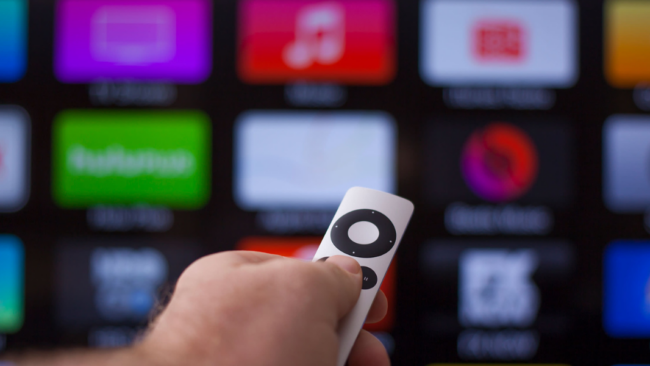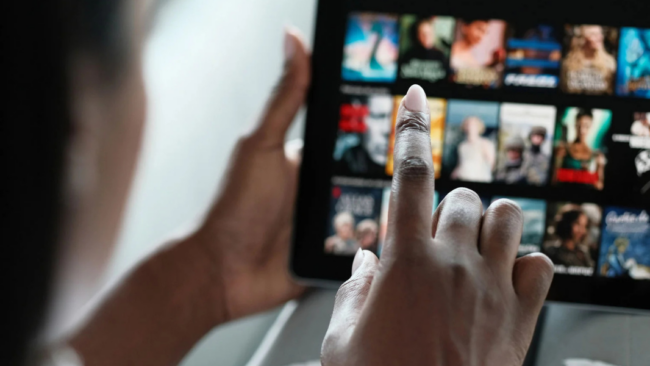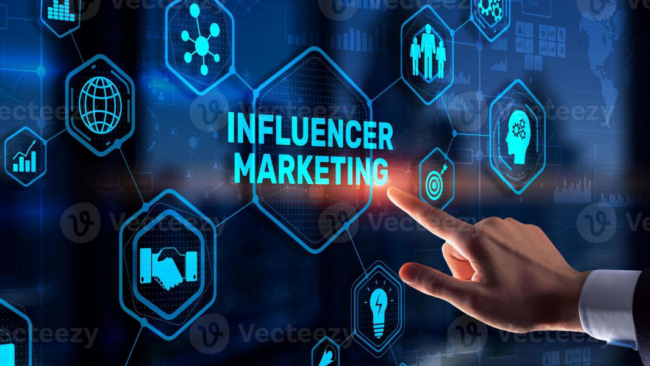
As part of an ongoing series, we’ll be sharing advice for brands looking to launch successful creator campaigns across different sectors. Earlier this month, we offered tips for retail companies. This week, we’re honing in on the tech space. Read on to find out how they can optimize their creator marketing programs to better build brand awareness and drive conversions.
From 2020 to 2022 alone, global consumer spending on technology rose $83 billion. Total revenue for the app market worldwide is expected to grow 9.27% by the end of 2022, and is set to exceed $614 billion by 2026. Driven by a new wave of stay-at-home tech that emerged during the pandemic—spanning from health and wellness, to work and entertainment—the consumer tech industry has ballooned over the last several years.
While flashy ads for beauty brands and big retailers may be what first crosses our minds when we think about creator marketing, there’s now an opportunity for consumer tech companies to reach a broader audience by partnering with creators as well. There’s no doubt that creator marketing works across a wide range of industries: On average, businesses make $5.20 for every dollar spent on creator partnerships; and 90% of marketers believe that creator-driven campaigns achieve real ROI.
But to launch a successful creator marketing campaign in the tech space specifically, there are a few nuances to note. First, consider incorporating micro-creators into your partner roster to hone in on an audience segment that’s actually relevant for your product. Encourage them to demonstrate how the tech works and why this service is essential. And last but not least, vet and select creators with the help of AI—tech brands may require a bit more finetuning when it comes to curating their marketing strategies.
Don’t shy away from micro-creators
While broad and niche approaches to marketing both play a role in creator-led campaigns, it may be safer to go more niche with certain tech products. Especially when raising awareness for work products and apps that are only relevant for specific professions, tech brands will likely find more success by leaning on a curated set of micro-creators instead.
Micro-creators are the underrated superstars of the marketing world. Although they may have a smaller following, they tend to have a deeper, more organic connection with their audiences—and therefore, often have higher engagement rates. Instagram creators with more than one million followers typically have an engagement rate between 1 to 2%. On the other hand, micro-creators with follower counts between 1,000 to 5,000 score an average of 4.84%.
Instead of dropping a fortune to work with a big celebrity, brands are seeing the benefit of spreading their budget across multiple micro-creators. Computer software company Adobe achieved major success by doing just that. In a recent campaign promoting Adobe MAX 2022, a virtual creative conference hosted by the company, Adobe partnered with VFX artist Daphne Le on Instagram. In honor of Adobe MAX, Daphne posted a beginner-friendly tutorial on how she gave herself a “glowing superpower” using Adobe’s After Effects software. The visually striking reel received a wave of positive responses from her 8,000 followers, who collectively voiced their appreciation for her art.
By working with micro-creators, tech brands can make a lasting impression on their target audience. In Adobe’s case, the company purposefully chose to work with creators who had access to groups of people online that were passionate about filmmaking and VFX art—the exact demographic they wanted to reach.
Show and tell
Unlike most CPG and retail companies, influencer marketing for tech products should place a bit more emphasis on explaining how their products work. With most everyday consumer products, such as a tube of toothpaste or a T-shirt, people don’t really need a how-to guide from creators. But when talking about complex tech like apps and electronics, consumers want to know how it works before purchasing it.
Virtual private network service provider ExpressVPN offers a prime example of how consumer tech brands can partner with creators for a beginner-friendly, show-and-tell introduction. TikTok creator Oliver (@otakoyakisoba) recently posted a video describing how ExpressVPN users can switch servers from anywhere in the world so that they can watch foreign-produced Netflix shows that aren’t available on their domestic homepage. The video even included a cameo appearance of the TikTok icon herself, Mama Lulu, who is best known for poking fun at her kids with over-the-top reactions. The interaction was quick but humorous, grabbing the audience’s attention within seconds while also explaining how the product actually works.
By including a case study and throwing in a household name like Netflix, Oliver was able to frame ExpressVPN’s new tool in a way that was easily understandable to the average TikTok user. With more obscure tech products, the best course of action is to enlist a creator’s help for a fun show-and-tell. To increase engagement, let your creator partners take some directional control and have fun with it—but remind them to keep their tutorials short and snappy!
Unlock real ROI with the right creators
For a creator-led campaign to be truly successful, brands need to hone in on (at least) one marketing goal, one key message, and one target demographic—and the rationale behind the selection of their creator partners must reflect these underlying criteria. The criteria often becomes more rigid and specific with tech companies, depending on the product. If tech brands want to go all in, they should consider using AI to find the creators who best fulfill these requirements.
Take a look at BEN’s partnership with TikTok. While the TikTok we know today is one of the largest social media platforms in the world, in its early stages it was just a space that people used to post random lip-sync videos. The platform was looking to grow their user count—and what better way to do that than get creators to join the movement?
BEN helped TikTok attract new users by timing the launch of its creator-driven campaign to coincide with two major gaming conventions: E3 and San Diego Comic-Con. Seizing a moment when engagement among gamers would be at its peak, TikTok looked to partner with popular gaming creators on YouTube. Selecting creators first required BEN’s team to tap existing relationships with big name gamers such as LazarBeam, who now boasts more than 24 million YouTube subscribers. BEN also leveraged its own custom AI tools to source additional candidates who aligned with key success traits, such as the frequency at which they posted content, other platforms they were active on, and how engaged their audiences were.
Ultimately, tech brands will need to be a bit more intentional with their messaging to catch their audience’s attention. Leaning on a curated group of micro-creators and using advanced AI tools to find the most relevant creator candidates are effective ways to resonate with a specific audience segment.
At the same time, it’s important not to get overly technical. It may be smarter to opt for more accessible, beginner-friendly tutorials to appeal to the everyday consumer. For tech companies looking to make a lasting impression on a select demographic and drive real conversions, they will need to invest more resources into creating the building blocks that make the foundation of an effective creator marketing program. And incorporating these tactics is a great place to start.


